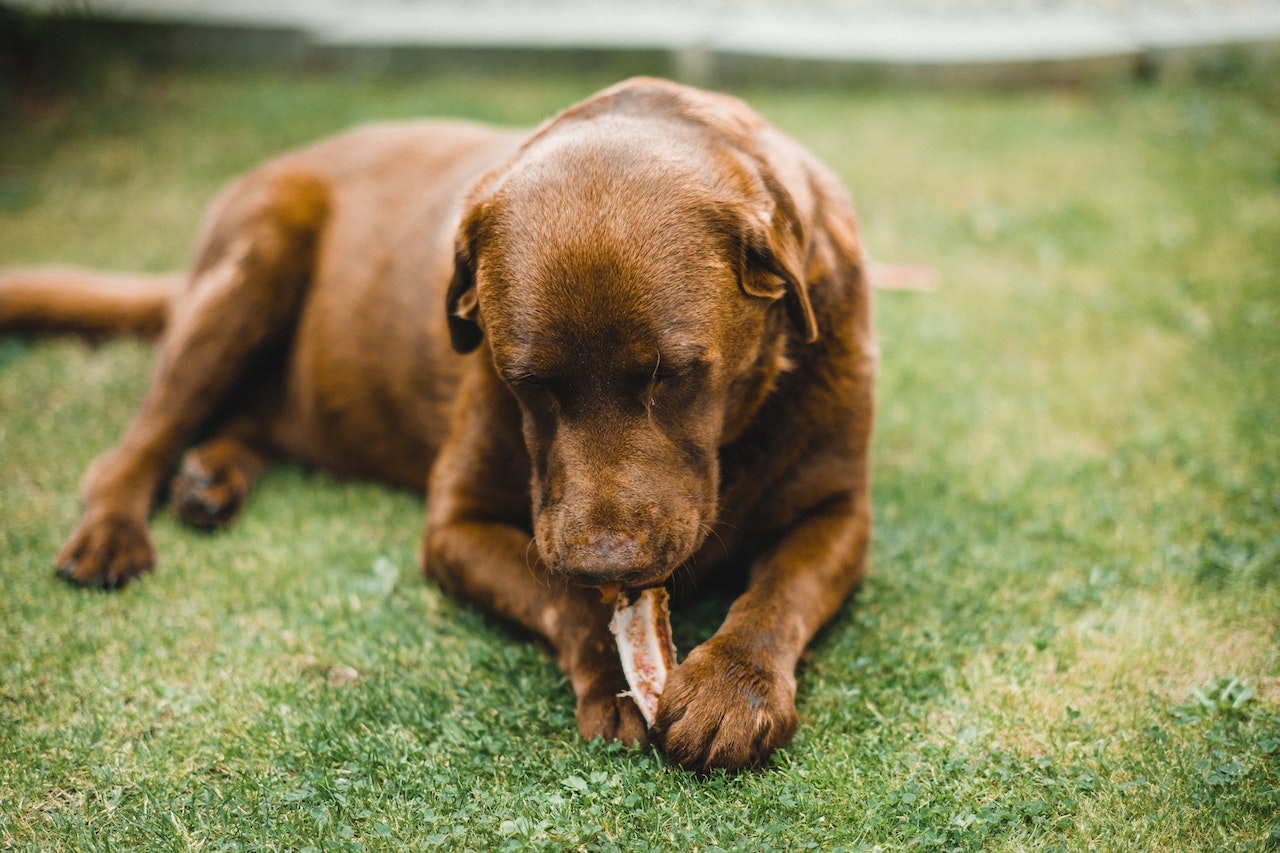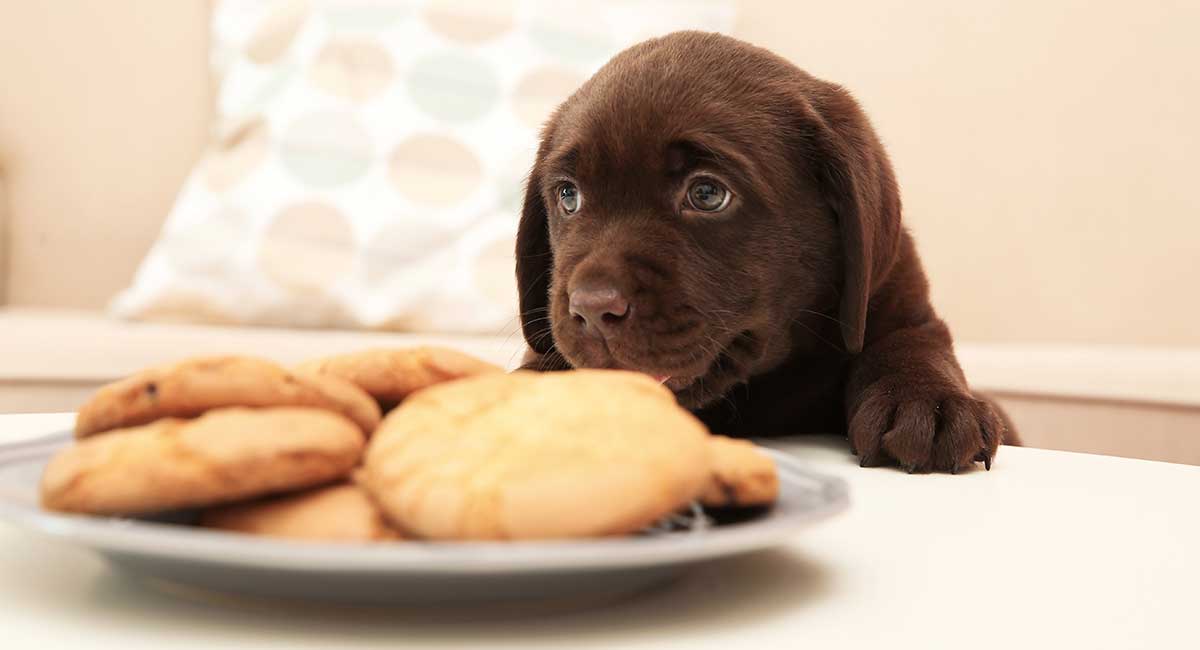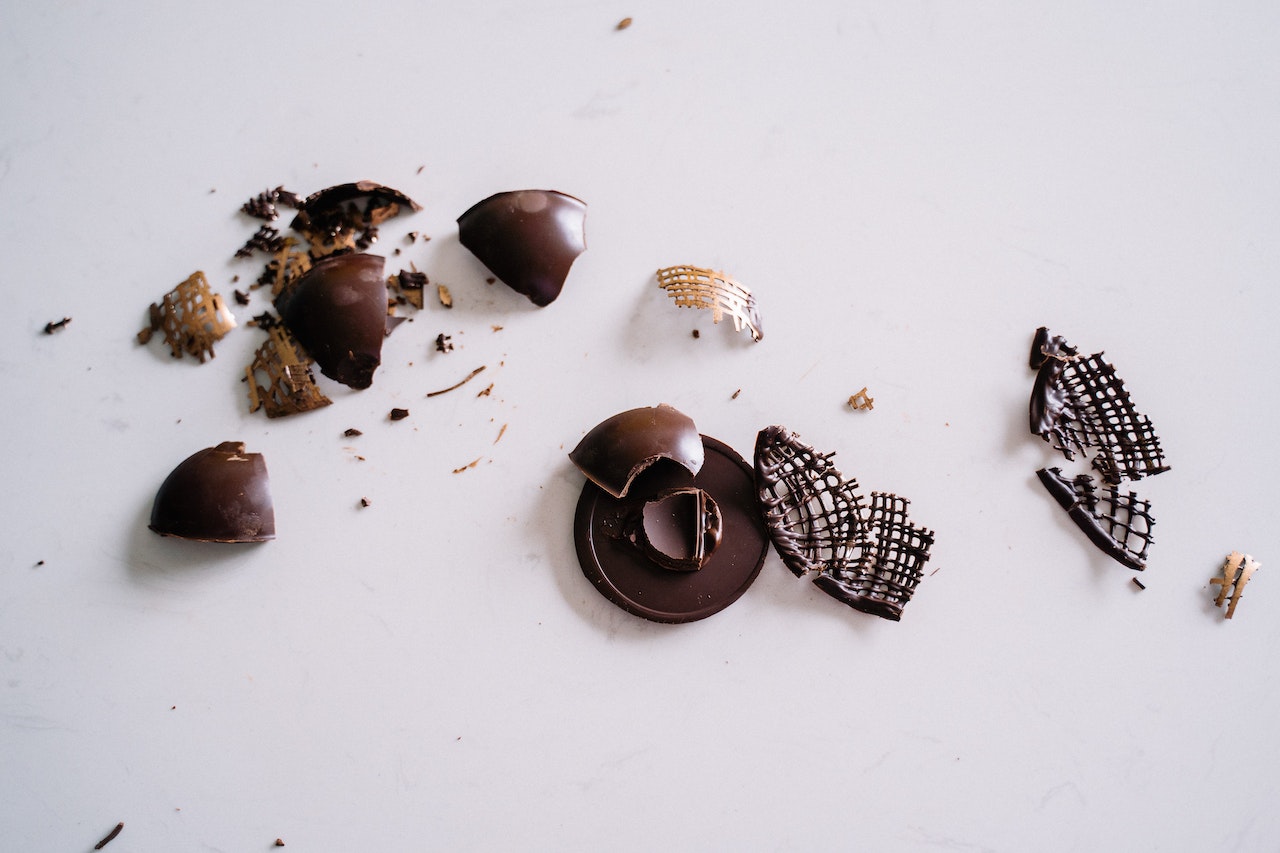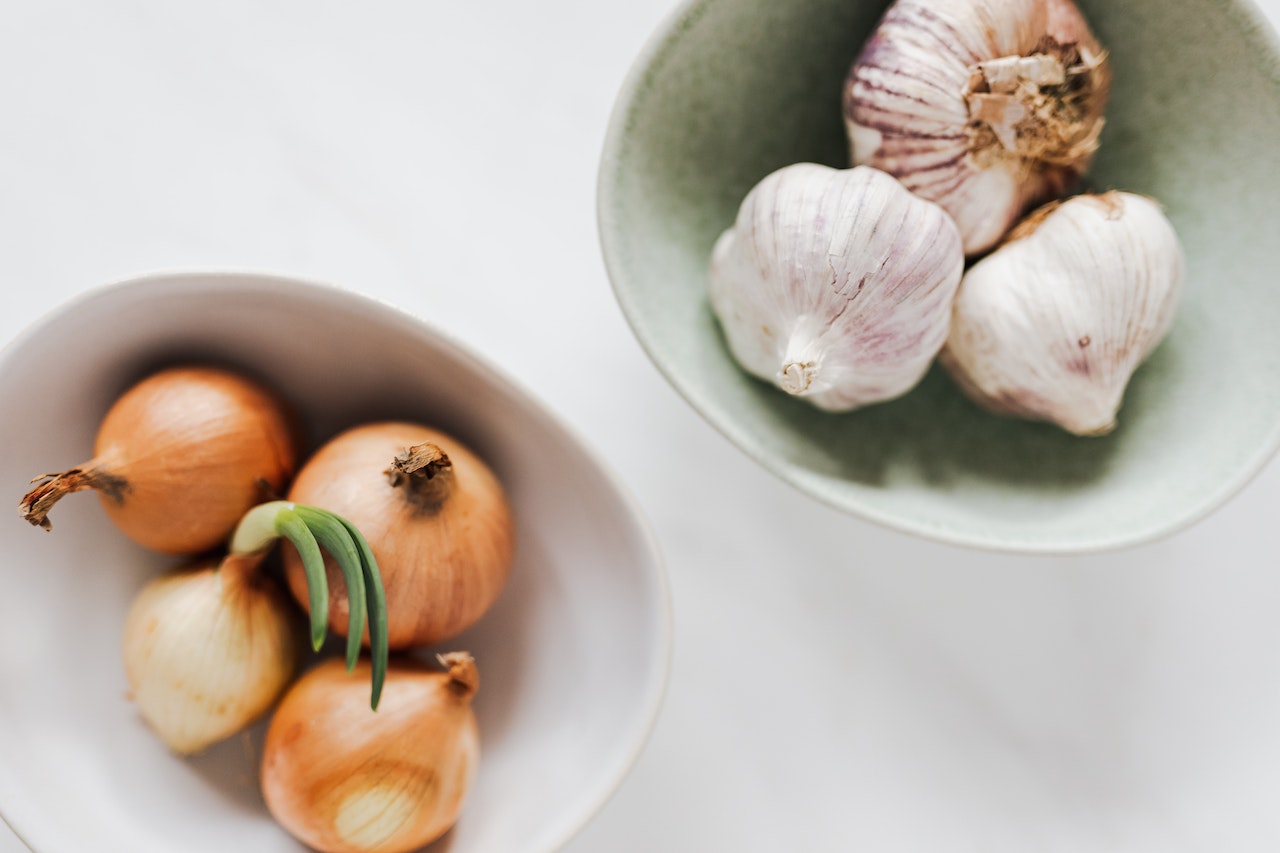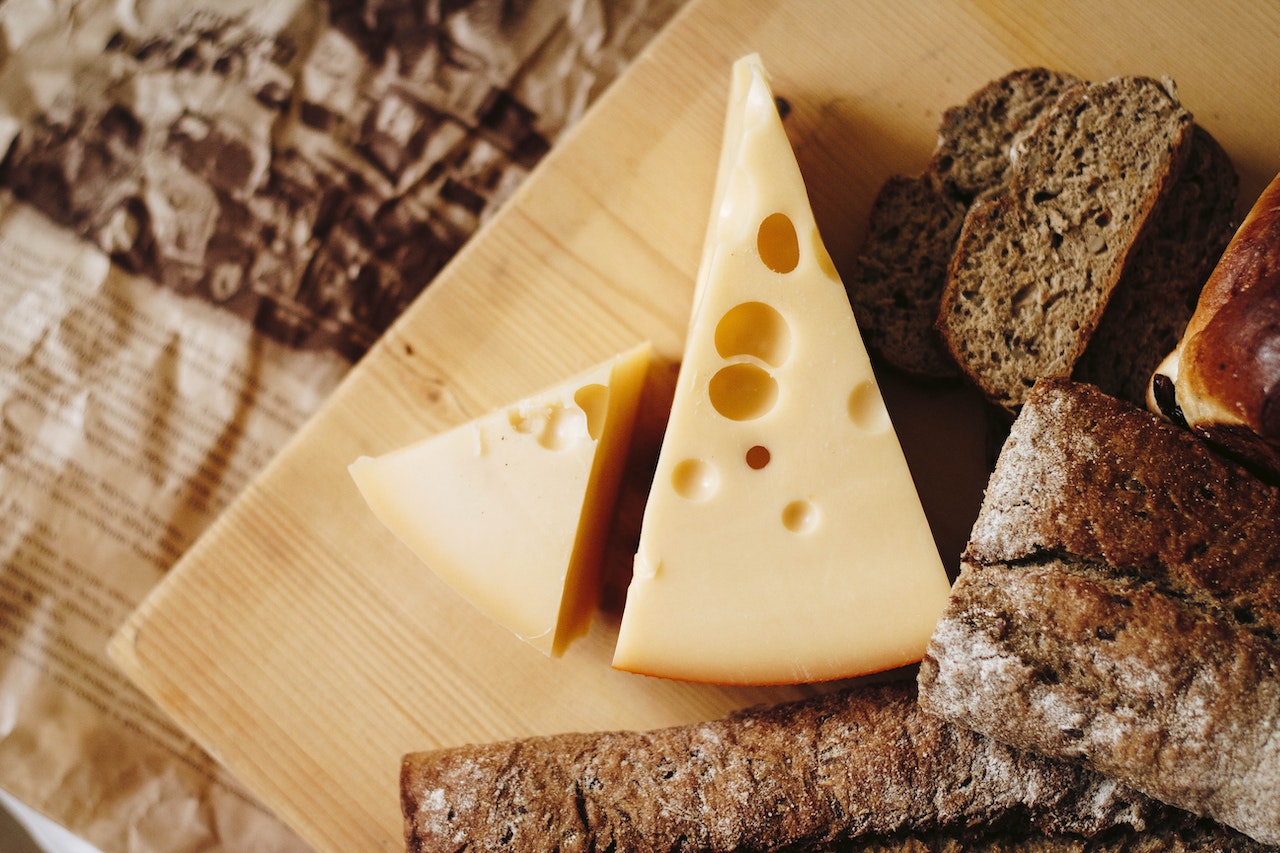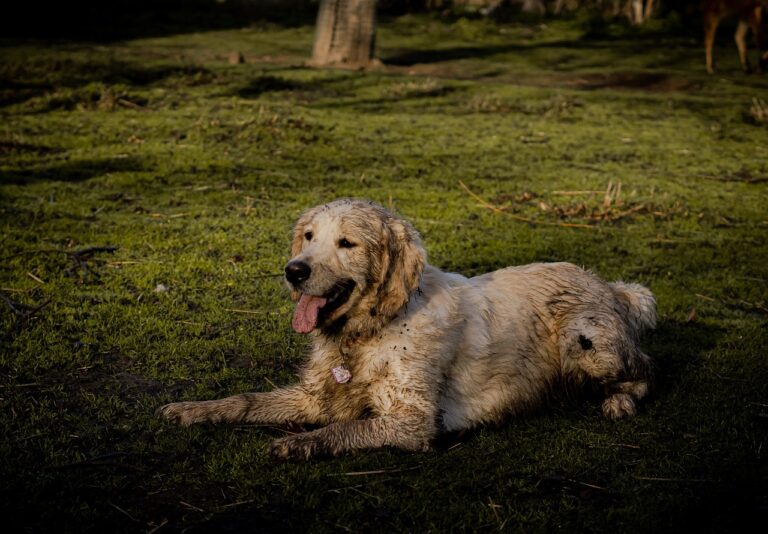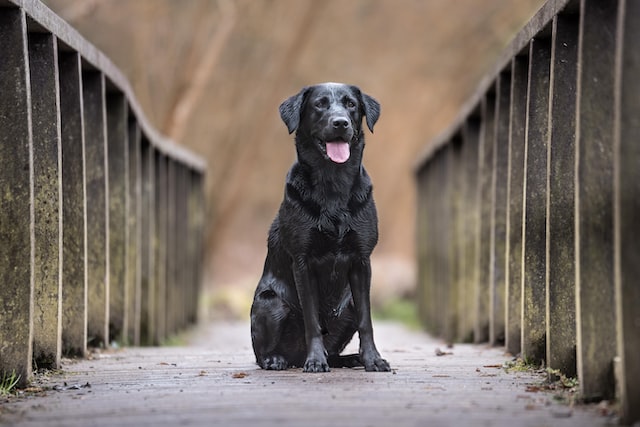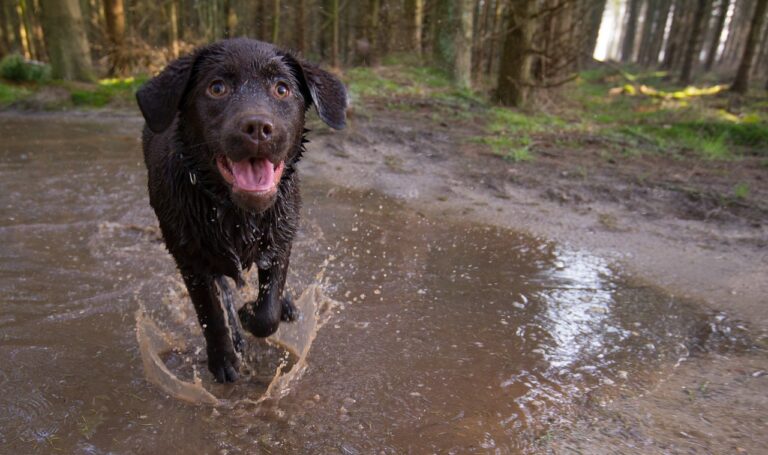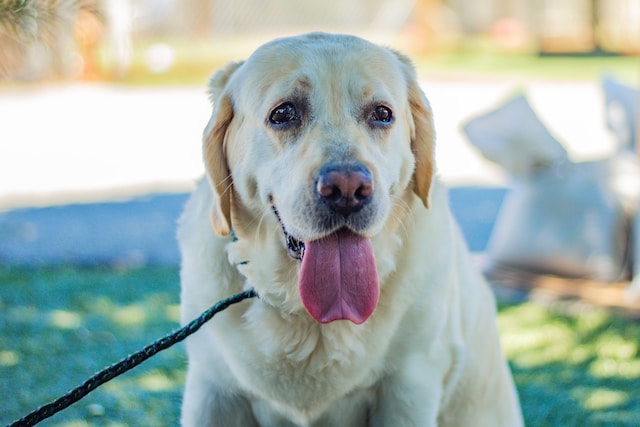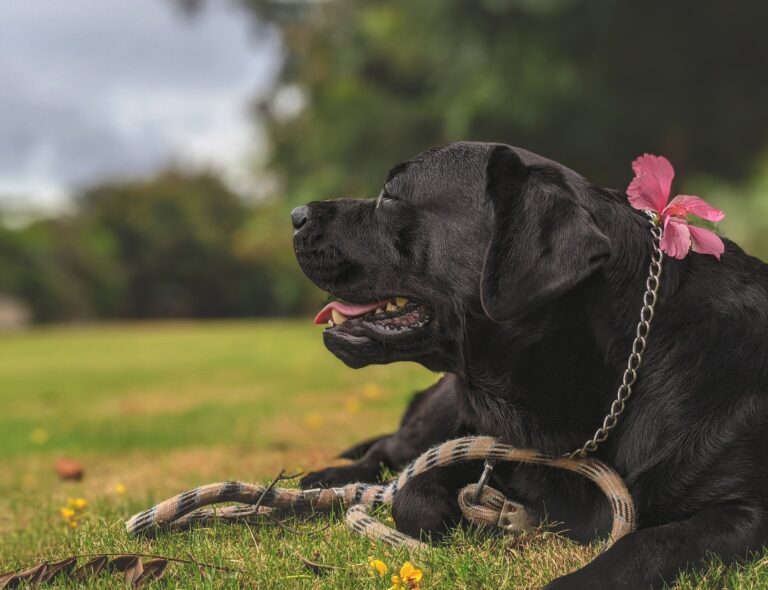Dogs Dangerous Foods: What Labrador Retriever Should Not Eat?
Do you want to know what Labrador should not eat? As dog lovers, we should be aware of our dog’s health; an example is the food we give them if it is safe and nutritious. Labradors like eating; when they receive anything, they want to devour it all. If you have a Labrador, you may have also seen this. When your Lab stares at you with those adorable, ravenous eyes yearning for food, it may be difficult for a Labrador owner to avoid sharing food with their dog.
It doesn’t matter what you eat—it may be pizza, cake, or chocolate. Your dog is always glancing at you for his slice of the pie. In these situations, your Lab consumes a lot of food. But how much human food can you safely give your dog? Your dog may be able to eat certain human foods. However, not all foods.
Is it appropriate to give him some bread or cake? Maybe. However, there are several foods that you must never feed your dog. Some food for humans is not only dangerous for your dog, but they also pose a risk of poisoning. Certain human foods you ought not to feed your Lab, and there are other human foods you should provide with a few safeguards. In this article, I will guide you to the foods you should avoid for your Labrador retriever. Keep reading to learn more!
Foods That Labrador Retriever Should Not Eat
I’ll categorize the list of things you shouldn’t feed your Labrador, or any dog, into two groups. The first category comprises items that should never be provided to your dog since they may be poisonous. The second group of foods is those that your Labrador should avoid. However, small quantities may not immediately endanger their health. (However, this does not imply that you should feed them. The dog shouldn’t consume them as well. What food cannot Labradors eat? Check out the list below.
🐕Alcohol
Why offer anything to a dog that wasn’t intended for its consumption? People use alcohol for several reasons. However, why would a dog consume alcohol? I’ve heard of some folks who, either for amusement or out of ignorance, gave their dog some alcohol.
But it’s crucial to remember that giving alcohol to your dog is never amusing and that they should never drink alcohol themselves. Even a small quantity of alcohol, whether it be beer, wine, vodka, or even hops, may induce ethanol toxicity in dogs. Although you shouldn’t give alcohol to your dog directly, spilled wine and alcohol that is within your dog’s reach may sometimes lead to alcohol poisoning in dogs.
Your dog exhibits symptoms including vomiting, diarrhea, a loss of coordination, and fatigue under such circumstances. Alcohol abuse may ultimately cause heart attacks, lung failure, seizures, and even death in your dog. Therefore, keep any alcohol-containing drugs out of your dog’s reach. This also applies to household cleaners and fragrances with alcohol content.
🐕Chewing Gum
A modest quantity of sugared gum may give your dog some mild stomach discomfort. But what if it eats some xylitol-containing gum? Numerous sugar-free gums employ the artificial sweetener xylitol. If your dog ingests that gum, it might be quite dangerous. Yes, dogs are very poisonous to xylitol. Within thirty minutes of ingesting it, your dog’s blood sugar levels may drop significantly.
Toothpaste, gum, sugar-free meals, certain baked items, and even some varieties of peanut butter may contain xylitol. Keep your dog away from all such food items. Pay closer attention to items your dog could often consume, such as peanut butter. In extreme situations, ingesting xylitol may give your dog seizures and lead to liver failure. So use xylitol responsibly.
🐕Chocolate
Your Labrador often exhibits some innate aversion to some foods. For instance, my Lab doesn’t even taste tea when it backs off after smelling a cup. Dogs have the innate capacity to choose items to consume and stay away from. There is a higher likelihood that your dog will eat the chocolates you put in front of him. Since your dog has taste receptors, it can recognize sweet flavors. Just like us, your dog enjoys the taste of sweetness.
However, theobromine, a substance often found in chocolate that people eat, is not good for your dog. It may be poisonous and potentially risky for your dog in certain circumstances. Depending on the sort of chocolate your dog eats, there are varying degrees of hazard. Is the chocolate milk or dark? Whether it should be taken with a meal or on an empty stomach? These variables affect how severe the problem is.
Whatever the reason, you shouldn’t give your dog chocolates. Eating chocolate may result in nausea, diarrheas, severe gastrointestinal discomfort, and sometimes even seizures. Giving your dogs chocolate is customary on special events like birthdays, parties, Halloween, Christmas, and other similar celebrations. I’ve heard uninformed individuals claim that dogs can consume chocolate. Tell him unequivocally that chocolates aren’t for dogs if you run across him.
🐕Macadamia Nuts
Macadamia nuts are one of the top foods that should never be offered to your dog. The toxifying effects of these nuts vary from dog to dog. The toxic dose per kilogram of canine body weight ranges from 2 to 64 grams of the toxin. The wide range makes it difficult to determine the toxicity impact of consuming these nuts in your dog.
Therefore, it is best never to give your dog these nuts. Typically, these nuts may be found in homes or certain meals like cookies. These nuts may contain an unnamed chemical that is poisonous to dogs. Your dog may experience depression, vomiting, ataxia, a rise in body temperature, & weakness after consuming these nuts. So avoid giving your Labrador any of this harmful stuff.
🐕Raw Yeast Dough
This one is another human meal that may be exceedingly harmful to your dog. Two significant health issues might arise if you feed your dog unbaked bread. First, unbaked bread swells within your dog’s heated tummy once consumed. The dough increases in bulk as the previously existing yeast becomes active. This can result in your dog’s tummy swelling. It may result in GDV, a condition. Any dog that has this deadly ailment will die.
Second, feeding your dog uncooked dough may give him alcohol poisoning. Alcohol is created due to the fermentation of the food’s yeast. Because it is quickly absorbed into the bloodstream, the alcohol created may be harmful to your dog. The first group of foods that are seriously hazardous to your Labrador is now complete. Look at the other list of foods that you shouldn’t give your pet, although not hazardous in the extreme.
🐕Garlic and Onions
Allium family foods are regarded as unsuitable for canines. N-propyl disulfide, a substance found in onions, may be hazardous to your dog. Even the thiosulfate found in garlic is poisonous to dogs. But let me share my experience with giving dogs garlic and onions.
Since it was a puppy, the crossbreed dog I keep at my grandmother’s home has been given a diet of rice & curry. Typically, onions and garlic were also incorporated into the curries. However, it did not affect the dog, who enjoyed a long and healthy life. He had been alive for sixteen years and had no significant health issues.
However, not every dog will experience this, and I don’t give onions to my Labrador. What about garlic, though? Is it so dangerous? Garlic is often dangerous for dogs. However, pet owners and researchers recommend giving it to dogs since it has several fantastic advantages for your dog.
Even supplementing with garlic has been suggested in certain research. It all depends on how much garlic is given to the dog and for how long. Garlic was given to my Labrador as food to aid him with the flea annoyance. Despite the alleged advantages, a significant amount of garlic might be toxic to your dog. Therefore, if you wish to give your dog garlic as medication for any reason in particular, discuss it with your veterinarian.
🐕Cooked Bones
There is a lot of conflicting information available about giving dogs bones. Giving your dog bones has both positive and negative health effects. The size and kind of bones you give your dog will determine the danger in any situation. Giving your dog the appropriate kind and size of raw bones is a smart idea.
What about cooked bones, though? Cooked bones should never be given to your dog. Cooked chicken bones, which are often leftover table leftovers, are brittle. They splinter, sometimes seriously damaging the gums and digestive systems. My friend’s Labrador once had a gum infection as a result of chewing on a roasted bone, as I recall. Therefore, never offer your dog cooked bones.
🐕Cinnamon
Certain cookies and certain desserts also include cinnamon. Despite the fact that your dog can consume this food without harm, you shouldn’t. Cinnamon might irritate your dog’s mouth & digestive system if you add as much of it to their food. Keep your dog away from cinnamon in powder form. It might make your dog’s breathing difficult if he inhales it. Although not harmful, cinnamon should not be given to your dog. Therefore, it is wise to avoid it.
🐕Nutmeg
In various cookies and pastries, nutmeg is a spice that is utilized. Although it improves the flavor of many meals, it is not safe for your dog. Myristicin, a substance found in nutmeg, is poisonous to dogs. If your senior dog accidentally eats a nutmeg-flavored cookie, there may not be any serious repercussions. However, if your dog is little and manages to sneak three to four cookies, it will undoubtedly cause him problems. Your dog should avoid any foods that include nutmeg since it is poisonous to them.
🐕Tomatoes
Both in moderation and excess, tomatoes are poisonous to dogs. My Labrador once stole A large tomato from the vegetable basket and ate it before I could get to it. I had read about dogs eating tomatoes then, so I was concerned.
Not every tomato is safe for your dog. Generally speaking, giving your dog a red, ripe tomato is okay. Only when it is unripe & green, does it become a concern. Unripe green tomatoes often contain poisonous substances for dogs, such as tomatine and solanine. These poisons are often found in the plant’s greenery, including the leaves, stem, & unripe green tomatoes.
🐕Cheese
Cottage cheese, such as blue stilton, is inedible to Labradors. Roquefortine C, a fungus component used to manufacture cottage cheese, is poisonous to dogs if consumed. When consumed in excessive quantities, blue cheese may result in vomiting, diarrhea, a high body temperature, twitching, tremors, & seizures.
Other cheeses, such as mild cheddar, are fine for dogs. However, some Labs could find it challenging to digest. Lactose intolerance is what is meant by this. Different levels of lactose are present in all dairy products. Your Lab’s ability to eat a few pieces of safe cheese depends on the dog. Also, keep in mind that fatty meals might irritate your stomach.
Frequently Asked Questions
Can I give my Lab one meal each day?
Most vets, including myself, advise giving adult dogs two meals daily. Some owners only feed their dogs once a day, which might lead them to get hungry and sometimes make them more prone to bilious vomiting.
Can we feed Labrador a banana?
Bananas are beneficial to dogs in moderation, yes. In contrast to other fruits that could contain hazardous ingredients, a banana’s whole composition is generally safe for your dog to consume.
Can we feed Labrador rice?
Undoubtedly, dogs can eat rice. You may have observed that commercial dog meals include rice as an ingredient. Rice should be one component of a diverse diet that provides all the nutrients your dog needs; it should not be your dog’s sole meal every day.
What time of day is ideal for feeding a dog?
Feeding the dog twice daily, in the morning & the evening, is the most normal feeding routine. The best feeding plan for dogs is breakfast and supper because of their stomach shape, which causes them to get hungry eight to ten hours after their previous meal.
Final Words
Although many things may make a dog extremely sick, I have discovered that Labradors do not eat everything they come across. Understanding what items in your neighborhood pose risks can help you store them safely. You should gradually introduce new foods to your Labradors’ menu over the days. Doing so lets you monitor how your Labrador responds to the new meal. Some dogs suffer from allergies that prevent them from eating particular foods. We are in charge of our dog’s nutrition. Therefore, we need to know what foods Labradors can and cannot consume.

